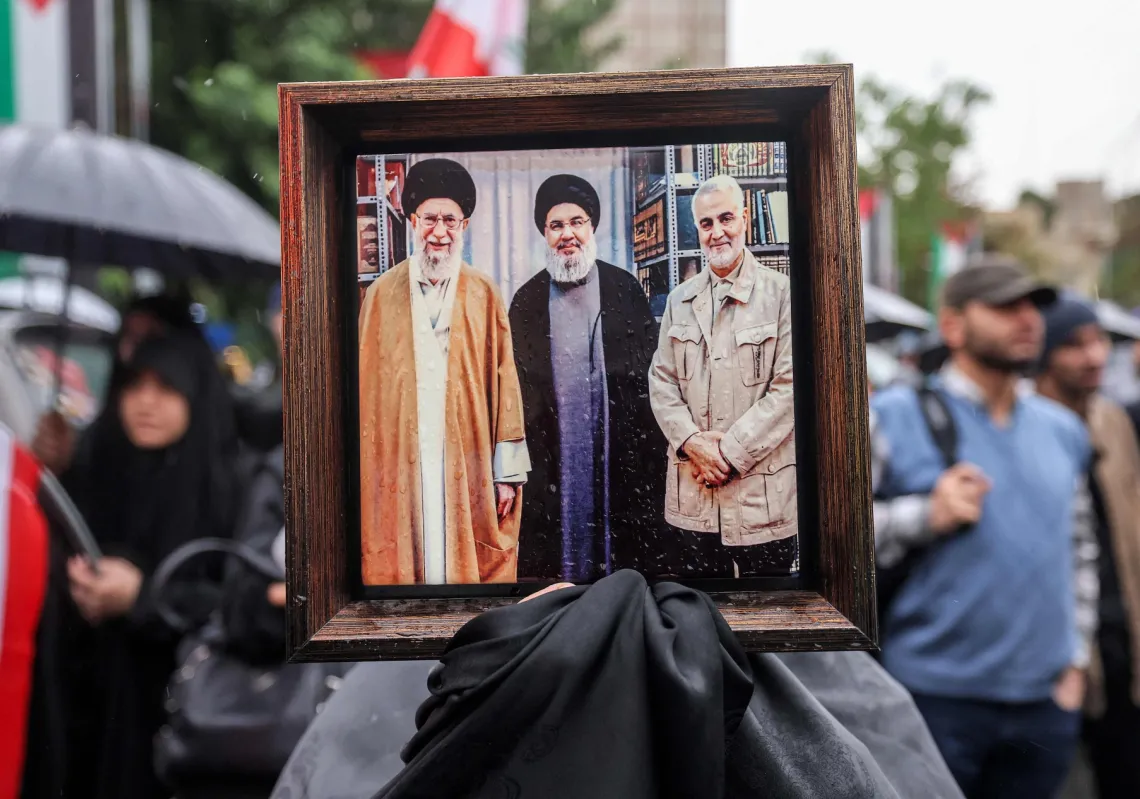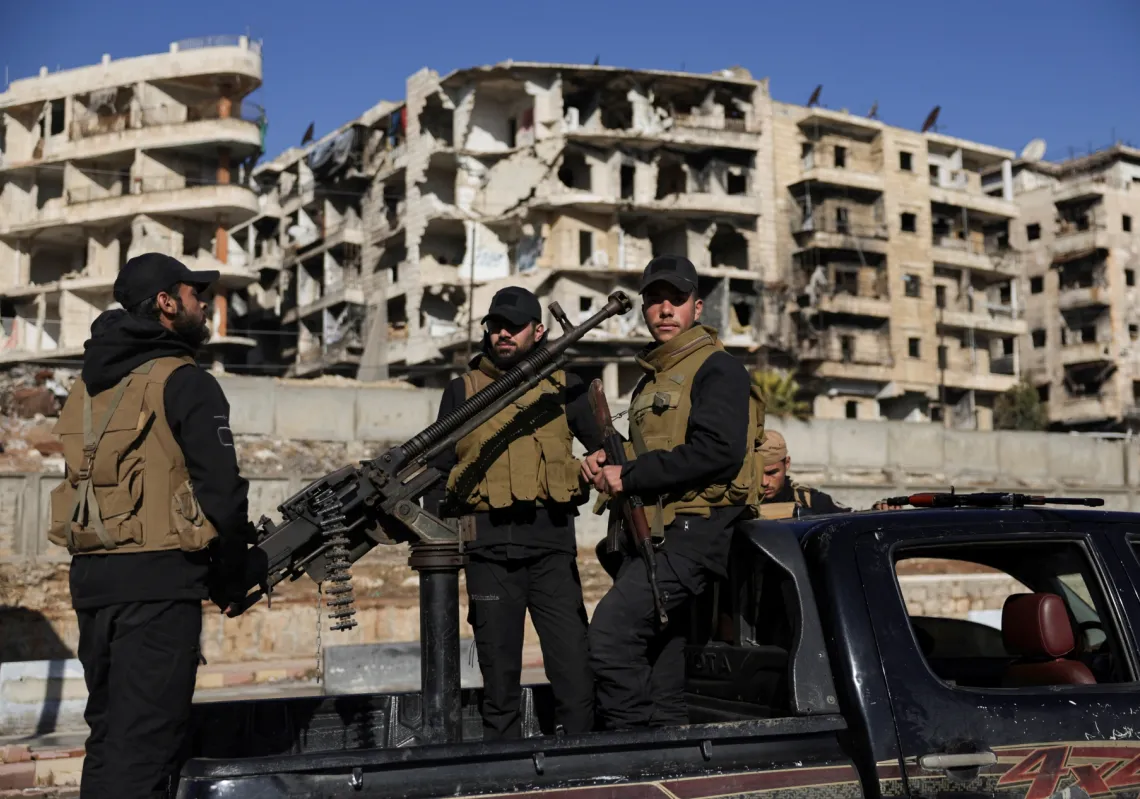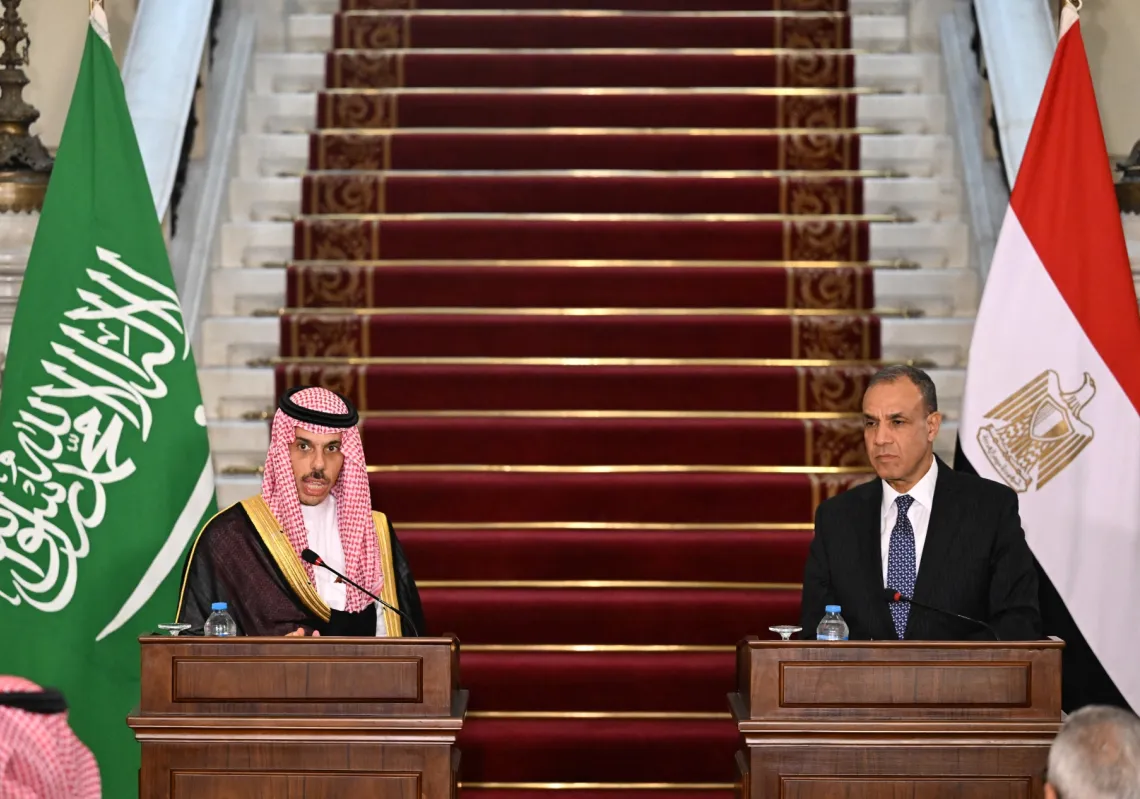It’s been two weeks since Russia invaded Ukraine. The war has only intensified since the initial bombing began on February 24, after President Putin announced his “special military operation” in Ukraine in order to “demilitarize and denazify” the country led by a Jewish president. Since the outbreak of the war reports of Russian war crimes and atrocities have mounted, making it increasingly difficult to look the other way.
According to the UNHCR nearly 2.2 million refugees have fled Ukraine so far in the 14 days since Russia launched its full-scale invasion. In addition to Russia and Belarus - the two aggressors, Ukraine also borders Moldova, Romania, Hungary, Slovakia, and Poland. The latter four are EU member states who have shown unparalleled solidarity to the Ukrainian families fleeing Russian bombs. Ukraine’s neighbors have opened up their borders to the refuges and removed essentially all red tape previously required to process migrants. The kind of solidarity displayed by these nations is nothing short of inspiring and heroic. One of Europe’s smallest and poorest countries – Moldova – has already received nearly a quarter million Ukrainian refugees, an estimated 75,000 of whom still remain in Moldova. The country’s president, Maia Sandu recently tweeted “We have almost 30,000 Ukrainian children in #Moldova. We are their family until this madness ends. Praying for peace in #Ukraine.” Moldova itself remains in a precarious situation. Moldovans fear that should Putin succeed in invading Ukraine, the small non-EU and non-NATO member country may be next on Moscow’s list of easy targets.

Poland, Hungary, Slovakia, Romania, and the Baltic States of Lithuania, Latvia and Estonia are other heroes at the moment, welcoming thousands of refugees with open arms, and showing incredible solidarity to Ukraine. Poland, in particular, has been an important voice of EU support for Ukraine. So far it has received nearly a million Ukrainian refugees. Thousands of Poles have organized online to host Ukrainian families and raise funds for humanitarian support. The Polish government even proposed to supply Ukraine with MIG-29 fighter jets in order to replenish the country’s air defense capabilities, but was blocked by the United States as Pentagon still considers this a likely escalatory move.
However, these heroes, currently extending a helping hand to Ukraine, have a mixed record on protecting the rights of refugees and minorities. Over the recent years Poland and Hungary have seen a rise in xenophobia and increasingly right wing, nationalistic, and anti-refugee rhetoric. As recently as the fall of 2021, Poland and Hungary found themselves at the forefront of the EU’s latest refugee crisis as thousands of Afghan and Syrian migrants flocked to Belarus’s borders with the EU at President Lukashenko’s invitation. As thousands of refugees tried to cross into Poland, the government declared a state of emergency at the border, banning all media access and most charity organizations from the territory. In mid-November the situation became particularly turbulent as the Polish security forces fired water cannons and tear gas at the migrants trying to cross the border. In November Poland saw nearly 5,000 attempted border crossings. It is estimated that there were up to 2,000 migrants waiting to enter the EU at the border with Poland. The refugees, mostly women and children, were predominantly Kurds from Iraq, but also Syrians, Iranians, Afghans, Yemenis, Cameroonians and others. They lived in makeshift camps on the Belarusian side of the border, braving the snow and freezing temperatures. European leaders blamed Lukashenko for orchestrating the refugee crisis and using them as a “hybrid warfare tool”.

For thousands of displaced individuals seeking shelter in Europe, “do not come here” has been the common message coming out of Central and Eastern Europe, for a while now. Now Euroskeptics accuse the European governments of showing “selective sympathy” to the predominantly white, Christian Ukrainians fleeing the war. However, there is reason to believe that this experience will be humbling to the European leaders and for many generations to come, and it will act as a catalyst for major changes in the West’s approach to preventing and mitigating humanitarian crises.
Unfortunately, the outpouring of the refuges is not the biggest problem Ukraine faces at the moment. Despite serious military personnel and equipment losses, Russia retains 90% of its combat power and seems committed to keeping up the military assaults on Ukraine for as long as necessary. As the war has dragged on and Putin’s hopes for Kyiv’s quick demise have faded, Moscow has resorted to indiscriminately bombing Ukrainian cities and towns, taking out civilian infrastructure and leaving thousands without heat, electricity, shelter, medicine, water, or food. The number of the Russian army’s atrocities in Ukraine is increasing with time. On March 10th, during an air strike on the city of Zhytomyr, the Russian forces bombed a maternity hospital, injuring 17 people.

The civilian death toll is mounting as Ukrainians are still unable to find a safe passage from the war. Despite the ongoing ceasefire negotiations between the Russian and Ukrainian sides, no agreement has been reached, not even one that can safely guarantee a single humanitarian corridor for an entire day. Recently Moscow even proposed three humanitarian corridors that would lead the refugees to Russia – an offer that was rejected by Ukraine. Wrenching images of dead Ukrainian children and civilians flooding the news outlets, and there are now talks of a looming war crimes tribunal to hold Russia accountable. Yet Moscow continues to add insult to injury. In a recent interview the Russian foreign minister Lavrov was asked about the Russian war crimes in Ukraine. Lavrov responded that the civilian losses were simply collateral damage and not war crimes.
It is becoming clear that Moscow is not looking for a diplomatic solution, as it continues to eye Kyiv as the ultimate prize. Most intelligence reports point to Putin’s plans to capture and execute President Zelensky and take control of Kyiv. But Moscow keeps holding meetings with the Ukrainian side. On March 10th Foreign Minister Lavorv and the Ukrainian Foreign Minister Kuleba will meet in Turkey for another round of negotiations which are unlikely to yield any results given the circumstances. In the meantime, the West finds itself under increasing pressure to seriously consider establishing a no-fly zone over either some or all of Ukraine. This seems to be the only viable option for putting an end to the destruction of civilian infrastructure through endless bombings. There are very few other options for mitigating the deepening humanitarian crisis, but the no-fly zone discussion is still a highly controversial one. President Putin has said that he would consider such a proposal a direct military involvement in the war by NATO – a scenario the Western leaders are still trying to avoid at any cost.

As Ukraine enters week three of defending itself from the relentless Russian attacks, all eyes will be on Kyiv. Although the Ukrainian forces are putting up a heroic fight, they are outgunned and outnumbered by the Russian forces. Only under decisive, severe external pressure will Putin consider retreat. The strict Western sanctions are debilitating the Russian economy, but so far they have proven insufficient in actually stopping the Russian military forces. At the moment, without any significant changes in the West’s approach, Russia’s efforts in Ukraine are set to intensify as the country of 44 million people fights alone for peace and independence.
Maia Otarashvili is a Research Fellow and Deputy Director of the Eurasia Program at the Foreign Policy Research Institute. Her research is focused on geopolitics and security of the Black Sea-Caucasus region, Russian foreign policy, and the post-Soviet protracted conflicts.












